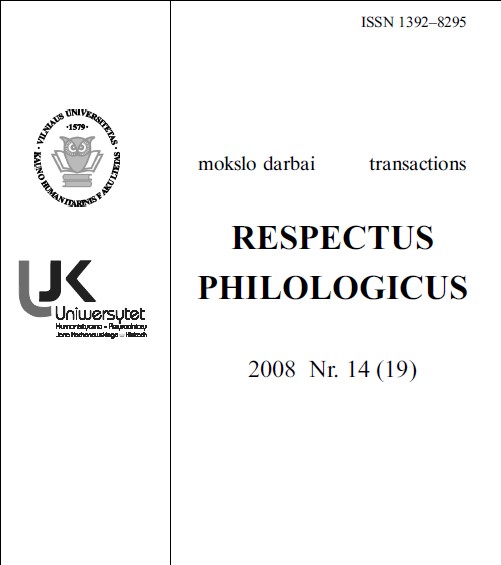TRAUMATIC RELIVING IN CLASSIC FICTION PART II
TRAUMATIC RELIVING IN CLASSIC FICTION PART II
Author(s): Rudolph BinionSubject(s): Comparative Study of Literature, French Literature, Other Language Literature, Theory of Literature, American Literature, Italian literature
Published by: Vilniaus Universiteto Leidykla
Keywords: classics; trauma; reliving; Euripides; Dante; Racine; Poe; Melville; Ibsen;
Summary/Abstract: This study explores six literary classics that turn on a mechanism well known to psychohistory whereby the victim of a traumatic experience may afterwards contrive unawares to relive it in thin disguise. In the earliest of the six, Euripides’ Ion, an unwed princess tearfully puts out her newborn son from a rape to die; he survives, their paths later cross, and she, recognizing him unconsciously, again tries to kill him, again unsuccessfully. In the second, the Francesca canto of Dante’s Divine Comedy, two adulterous lovers caught and murdered in the act are doomed to relive the fatal moment symbolically ever after. In the third, Racine’s Athaliah, a queen has her own progeny put to the knife because of the guilt of her husband’s blood line in her mother’s ghastly death; years later she revisits that trauma in a nightmare, with the result that this time she calls for a grandson who had survived in secret to turn that same knife on her. Next comes Edgar Allan Poe’s eerie Ulalume, with its poet narrator retracing in a trance the steps by which he bore his beloved to her tomb the year before. The fifth is Herman Melville’s Moby-Dick, about a demonic ship’s captain doggedly hunting down a white whale that once severed one of his legs and that this time finishes him off. Finally, Henrik Ibsen’s Rosmersholm centers around a widower who, haunted by his late wife’s suicide, grooms her successor to commit that same suicide. The close study of each work in turn concludes with a comparison of the various aspects of traumatic reliving as between these six characteristic uses of it in fiction and the real-life pattern.
Journal: Respectus Philologicus
- Issue Year: 2008
- Issue No: 14 (19)
- Page Range: 10-22
- Page Count: 13
- Language: English

